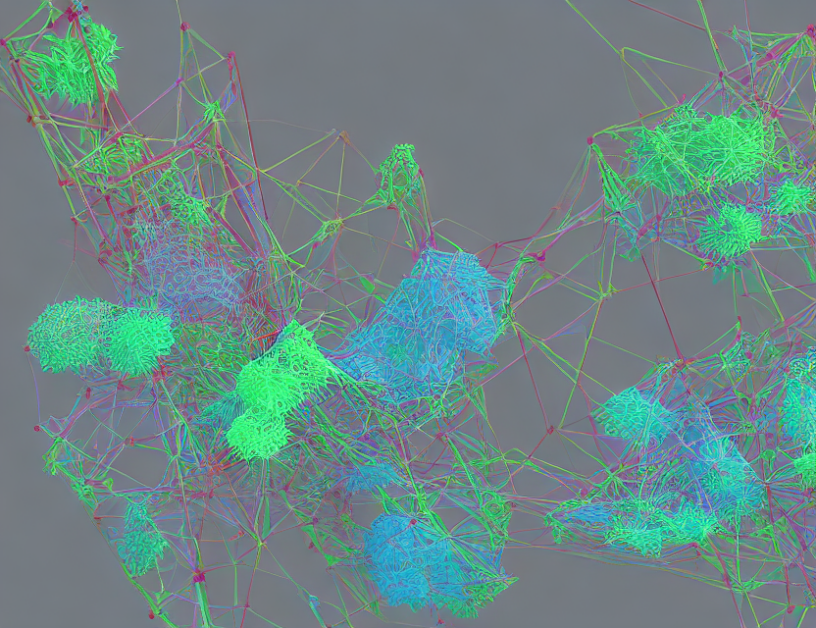In this article, the authors propose a new approach to semi-supervised classification using graph convolutional networks (GCNs). They present a framework that leverages both labeled and unlabeled data to improve the accuracy of classifications. The key idea is to use the unlabeled data to learn a representation of the input data, which is then combined with the labeled data to make predictions.
To achieve this, the authors first define a graph convolutional network (GCN) that can learn from both labeled and unlabeled data. They show that by using GCNs, they can learn a representation of the input data that captures important features for classification. Next, they propose a semi-supervised learning algorithm that uses this representation to make predictions on both labeled and unlabeled data.
The authors evaluate their approach on several benchmark datasets and demonstrate its effectiveness compared to existing semi-supervised methods. They also provide a thorough analysis of the contribution of different components of their framework, showing that each component plays an important role in improving classification accuracy.
In summary, this article presents a new approach to semi-supervised classification using graph convolutional networks (GCNs). By leveraging both labeled and unlabeled data, the proposed method can improve the accuracy of classifications compared to existing methods. The authors provide a detailed analysis of their framework and demonstrate its effectiveness on several benchmark datasets.
Computer Science, Machine Learning
Semi-supervised Classification with Graph Convolutional Networks



